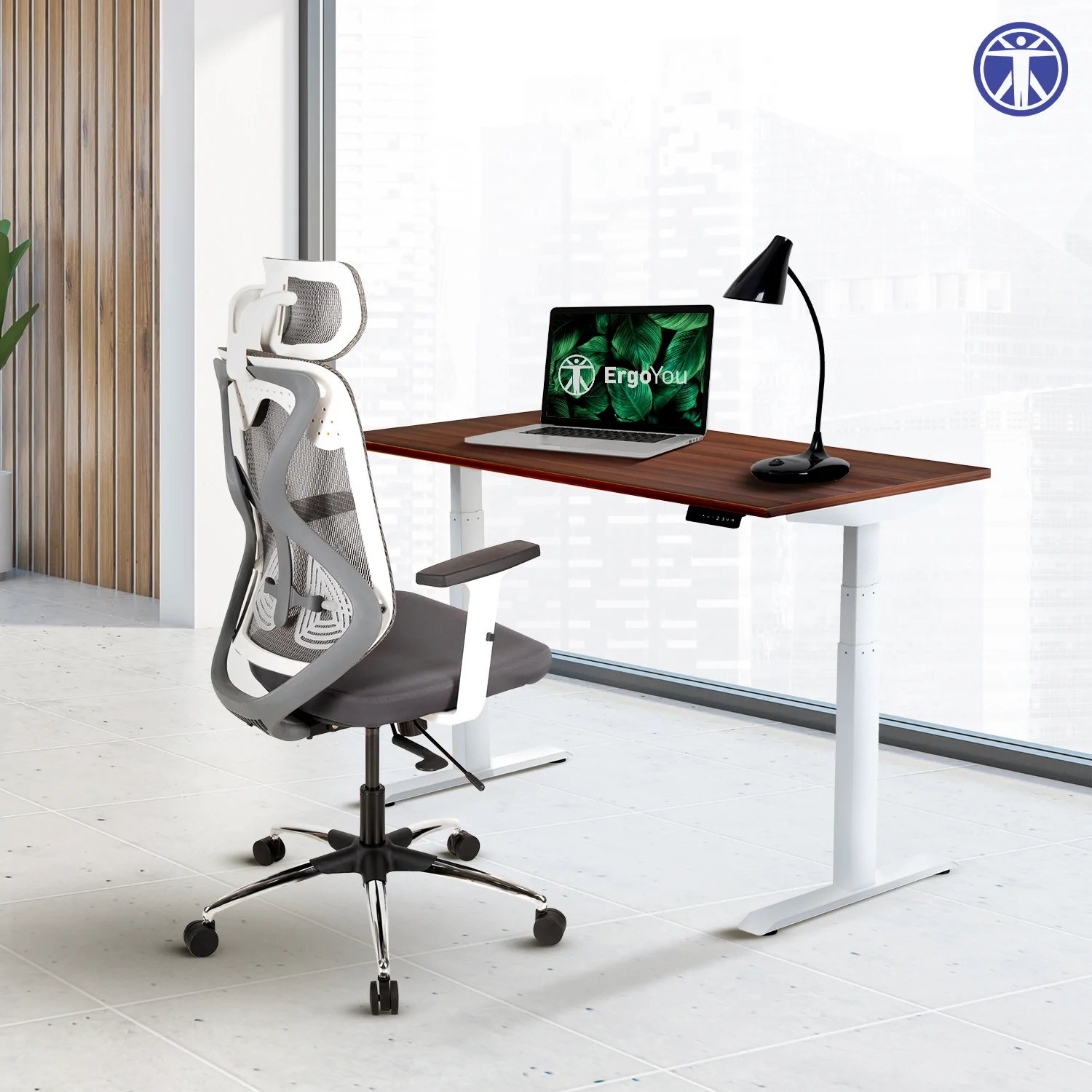An ergonomic office chair is a type of chair designed to provide optimal comfort and support for people who spend long hours sitting at a desk or workstation. These chairs are designed to reduce the risk of developing musculoskeletal disorders, such as back pain, neck pain, and carpal tunnel syndrome, which can result from poor posture and improper seating.
Some important features of ergonomic office chair
The most important feature of an ergonomic office chair is its ability to adjust to the individual needs of the user. This includes adjustable seat height, lumbar support, and armrests. The chair should also have a comfortable, contoured seat and backrest to support the natural curve of the spine. A good ergonomic chair will also have a mechanism for adjusting the tilt and angle of the seat and backrest to help users maintain good posture and support the lower back.
Some ergonomic office chairs also have additional features such as adjustable headrests and footrests, as well as built-in heating and massage functionality.
Types of ergonomic office chairs
There are several types of ergonomic office chairs, each designed to meet specific needs and provide different levels of support. Some common types include:
- Task chairs: These chairs are designed for use at a desk or workstation and typically have adjustable seat height, lumbar support, and armrests.
- Executive chairs: Executive chairs are designed for use in a management or office environment. They typically have a high backrest and padded armrests and are often made of leather.
- Kneeling chairs: These chairs are designed to promote good posture by aligning the spine and redistributing body weight. They have a knee rest that the user rests on instead of a traditional seat.
- Ball chairs: Ball chairs are designed to promote active sitting and improve core strength by sitting on an exercise ball. The ball can be replaced with a stool or saddle chair for more stability.
- Saddle chairs: These chairs are designed to mimic the shape of a horse's saddle and are meant to reduce pressure on the coccyx and improve posture.
- Stool chairs: These chair typically don't have backrest, and users are meant to use them as a stool to get up and down frequently in short periods of time.
- Standing chairs: These types of chairs are meant for people who want to stand or sit alternatively, these chairs allow to adjust the height of the seat and foot rest to the user's preference.
These are just a few examples of the different types of ergonomic office chairs available. It's important to consider the specific needs of the user and the work environment when choosing a chair.




No comments:
Post a Comment